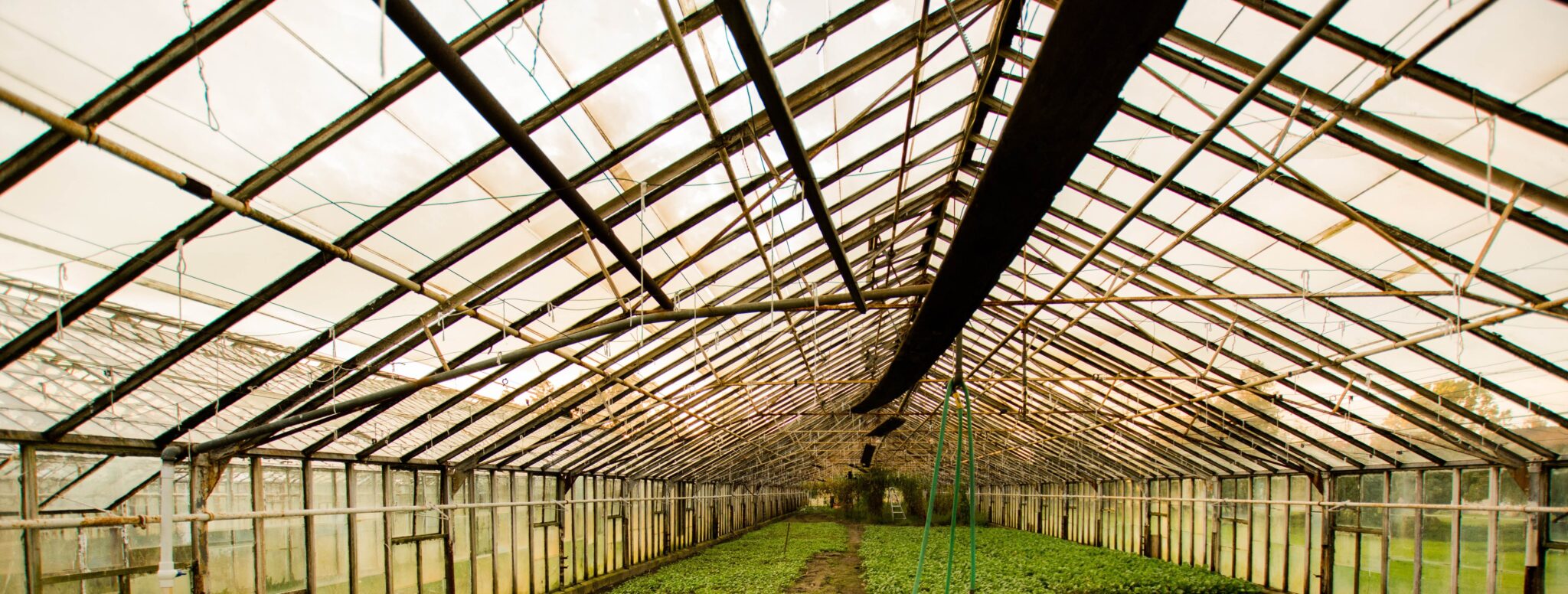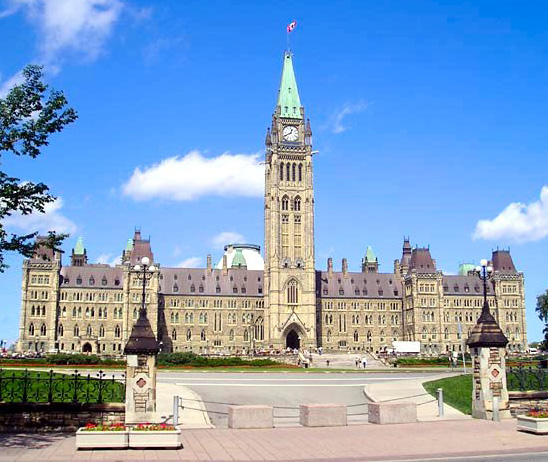Cannabis Delivery Options Expanded in British Columbia
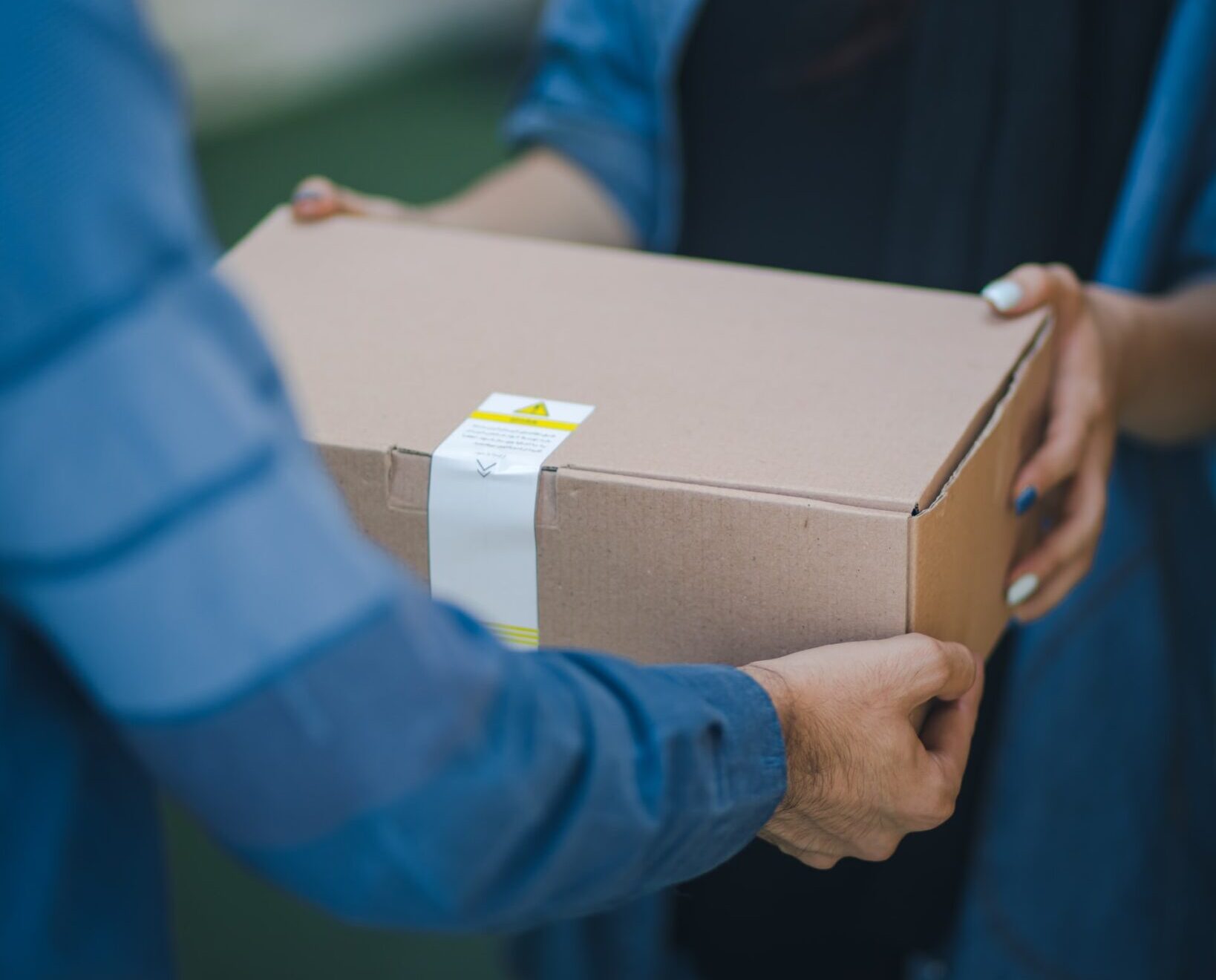
As of Friday, July 8, 2022, licensed cannabis retail stores (CRSs) in the province of British Columbia are permitted to deliver non-medical cannabis to consumers through Canada Post and other common carriers.
This change has come about as a result of lobbying by the Association of Canadian Cannabis Retailers (ACCRES) and other groups. Until now, only the government in British Columbia has been able to do this since legalization.
“Since federal legalization of non-medical cannabis, we have continued to look for ways to support the cannabis industry in our province while providing safe and accessible options for British Columbians,” says Mike Farnworth, Minister of Public Safety and Solicitor General. “Expanding delivery-service options not only builds equality within the market, it also gives consumers one more reason to buy legal instead of illicit.”
For more on this story visit:
https://news.gov.bc.ca/releases/2022PSSG0047-001079
https://cannabisretailer.ca/2022/expanded-delivery-options-in-bc/
Canadian cannabis sales projected to double over next five years
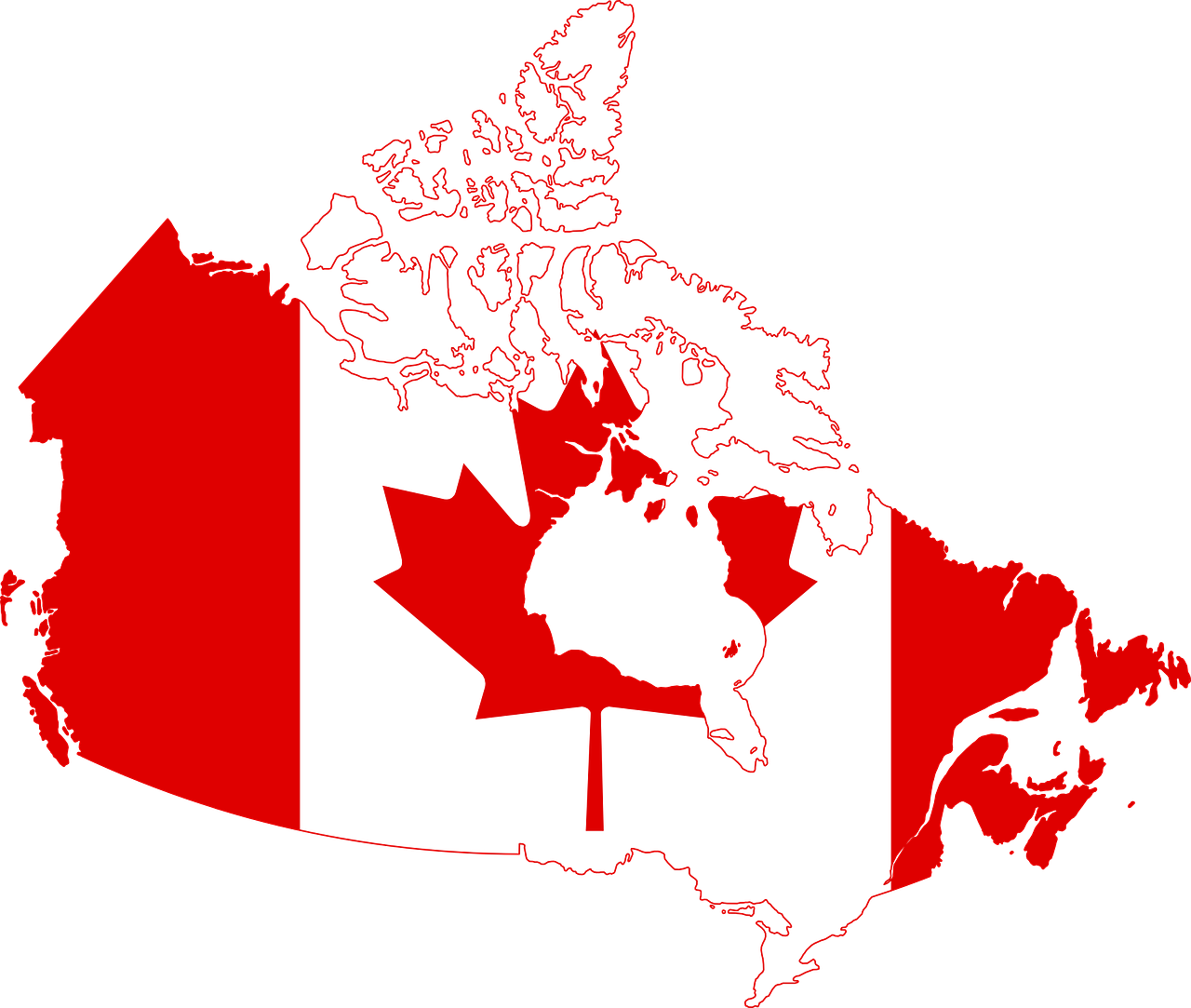
A “Cannabis Canada Weekly” column published on BNN Bloomberg in March 2022 reports that Canadian cannabis sales are expected to double to $8.8B over next five years.
The article refers to a report published by the market researchers at Brightfield Group and notes, “The pace of sales in Canada’s cannabis market may be slowing down, but it is still expected to double over the next five years, according to a new report.”
Read the article by visiting BNN Bloomberg: https://www.bnnbloomberg.ca/cannabis-canada-weekly-market-expected-to-double-by-2027-pot-stocks-up-on-u-s-legalization-hopes-1.1743189
Report: Global Cannabis Market 2021-2026
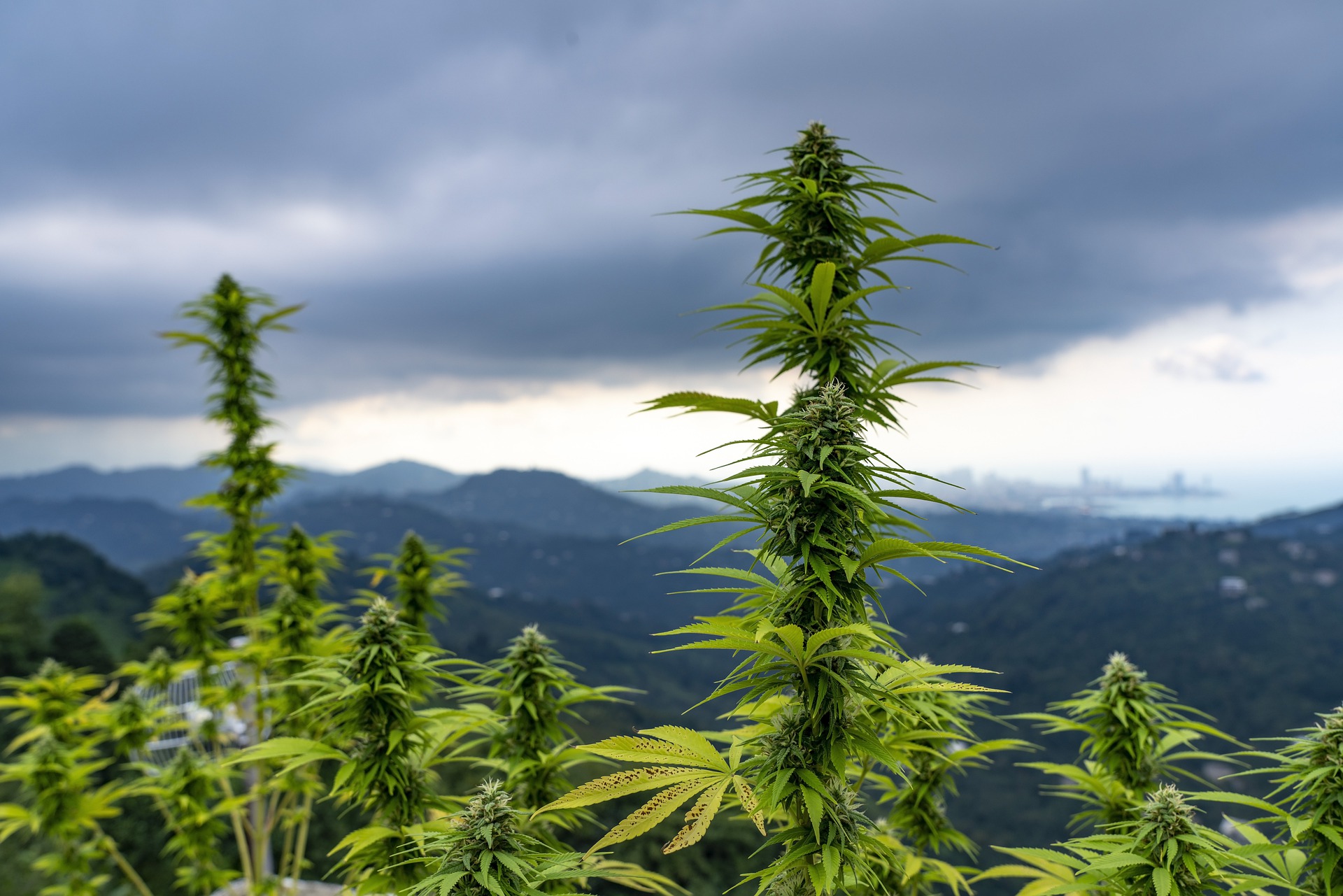
The Global Cannabis Market report for 2021-2026 provides Growth, Trends, COVID-19 Impact, and Forecasts.
According to the report, the global cannabis market was Valued at USD 22.10 billion in 2020. The market is projected to witness a CAGR of 13.9% during the forecast period (2021-2026).
“Like every other market, COVID-19 had an adverse impact on the cannabis market as well. The imposition of lockdown limited consumers from visiting brick-and-mortar shops. However, many cannabis companies began relying heavily on social media and e-commerce platforms to market to consumers during the year. Cannabis retail outlets, producers, manufacturers, distributors, and warehouses were deemed essential services by the Alberta Government on March 30, 2020. As a result, cannabis businesses and services continued to serve Albertans throughout the COVID-19 pandemic.”
For more information on this report, visit:
https://www.researchandmarkets.com/reports/4771910/global-cannabis-market-growth-trends-covid-19
For information on how AirMed helps the Canadian cannabis companies, visit:
https://airmedcloud.com/customers/
Health Canada authorizing dried and fresh cannabis sales to licensees

Beginning April 19, 2022, existing holders of micro and standard cannabis licenses in Canada will be granted authorization to sell dried and fresh cannabis products. A notification went out to existing license holders at the end of March that this regulatory change will allow them to sell dried or fresh cannabis products to provincial wholesalers. Prior to this, a sales amendment was required to sell those products.
“Initial licensing came with sales conditions, and the amendment application process could take months,” said Justin Hearn, president and CEO of AirMed Canada Systems, “These changes are designed to reduce the regulatory burden for licensees and help them get their products to market more quickly. We expect this to be especially significant for our micro clients who want to carry out farmgate sales.”
Health Canada will automatically reissue licenses with amended conditions over the next three months. Those who had already applied for an amendment for dried and fresh cannabis sales will be prioritized in the process. Following the regulations, licensees will still need to submit a Notification of New Cannabis Product (NNCP) 60 days in advance of the sale of any new product.
This modification to the license program has been implemented as part of Health Canada’s efforts to improve the cannabis licensing process. According to the notification, “The decision is based on the lower risk associated with producing dried and fresh cannabis products.”
Note that the change applies only to dried and fresh cannabis products. Other products, such as edibles and vape cartridges, are not included in the sales amendment. Licensees planning to sell those products must still apply to Health Canada for a sales amendment.
“While these changes do not apply to the sale of extracts and edibles, it is certainly a step in the right direction,” said Hearn. “We expect edibles and extracts to play a significant role in cannabis sales in the future and have already added support in AirMed for these classes of cannabis.”
For more information about cannabis in Canada, visit: https://www.canada.ca/en/services/health/campaigns/cannabis/industry.html
For information on how AirMed manages the sale of cannabis products for licensees, visit: https://airmedcloud.com/software/#sell
Congratulations to Craft Kings: 2021 Best Craft Cannabis Company
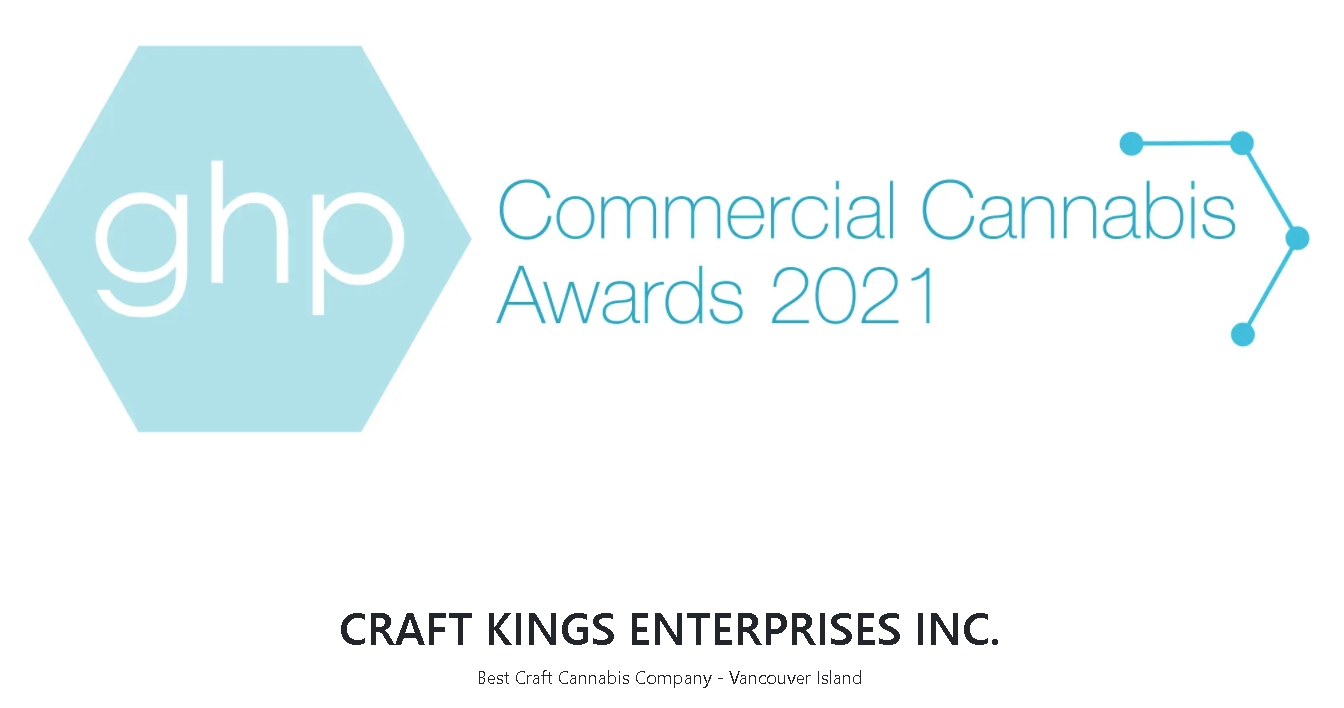
AirMed client Craft Kings has been recognized as “Best Craft Best Craft Cannabis Company” in the Commercial Cannabis Awards for 2021.
Sponsored by Global Health & Pharma (GHP) Magazine, the Commercial Cannabis Awards programme aims to promote and award the globe’s leading businesses and individuals who remain at the forefront of an industry enjoying sustained growth.
A spokesperson for Crafts Kings said, “We are incredibly honoured, humbled, and hyped to receive this award. All our hard work is paying off. We have accomplished so much in just over a year, yet we are just getting started.”
AirMed was also honoured with a Commercial Cannabis Award for 2021, and we are proud to be on the same winners list as Craft Kings.
For more information about Crafts Kings visit: https://craftkings.ca/
To read about AirMed’s Commercial Cannabis Award, visit: https://airmedcloud.com/commercial-cannabis-awards-2021/
Report says Cannabis Contributed $43.5 Billion to Canada’s GDP since legalization
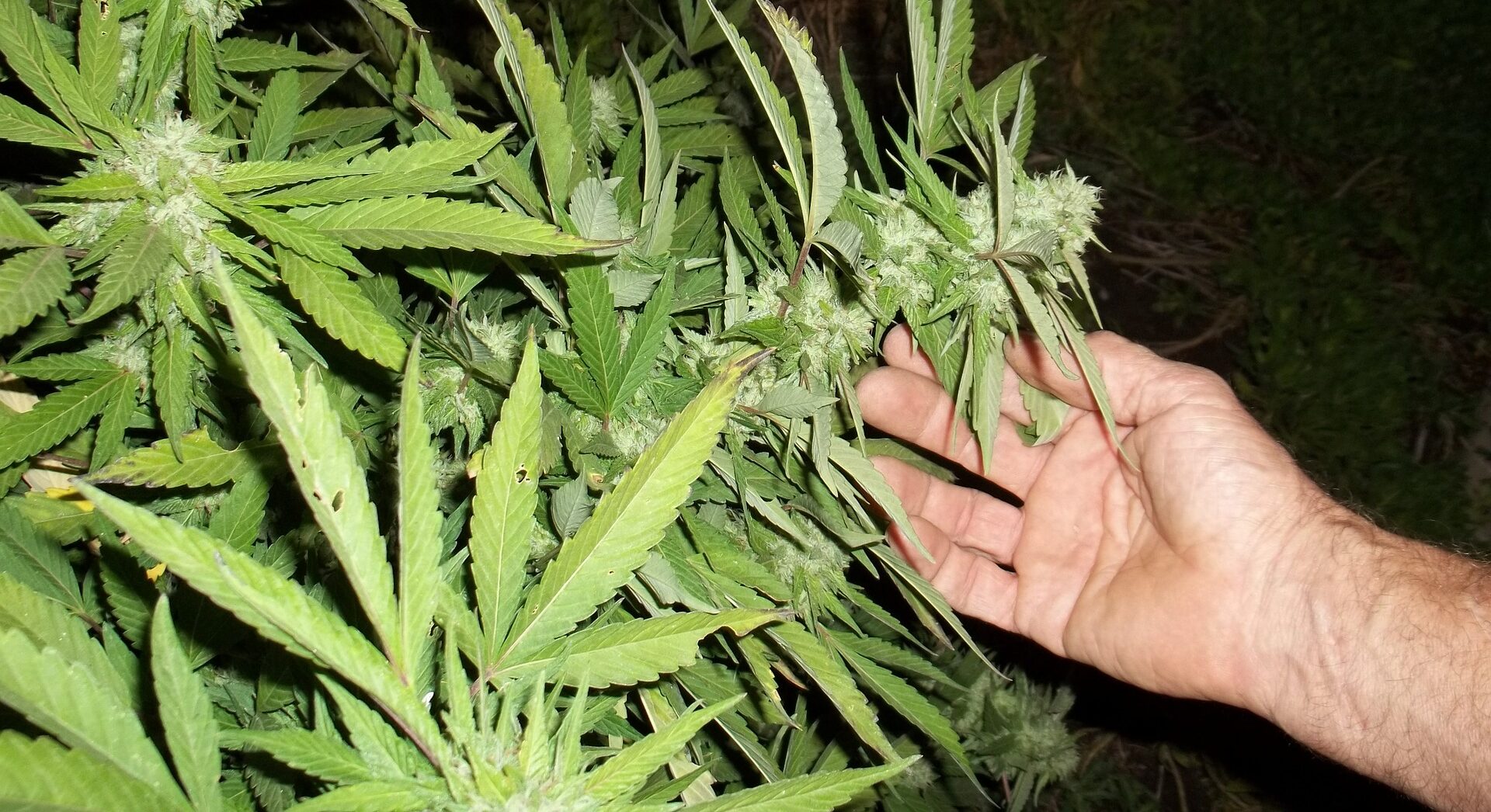
The industry analysts at Deloitte Canada have published an annual report on the Canadian cannabis industry. Posted February 1, 2022, the report is titled, “An industry makes its mark: the economic and social impact of Canada’s cannabis sector.”
The authors of the report wrote, “Canada’s cannabis industry is generating billions for the country’s economy and government coffers… In the span of three years, the Canadian cannabis sector has found its footing and emerged as a thriving new source of economic growth, creating and supporting tens of thousands of jobs in communities countrywide.”
The report is based on a study that uses an input-output methodology to estimate the economic contributions of the Canadian cannabis sector.
To read more about this report visit: Deloitte Canada
To download the full report in PDF visit: An industry makes its mark
Deloitte Report Discusses Retail Cannabis Pricing Dynamics

With the help of BDSA and Hifyre, the analysts at Deloitte Canada examined consumer sales data alongside Deloitte’s recent survey of cannabis consumer preferences. The goal? To better understand pricing dynamics in both the Canadian and American adult-use cannabis markets.
“We discovered some fundamental similarities between cannabis and consumer packaged goods (CPG) markets—and some key differences.”
This report, titled “Price. It’s Complicated,” gives a close look at how cannabis behaves like a typical CPG (consumer packaged goods) market and the dynamics at play when it doesn’t. The report outlines some recommendations for companies looking to stay competitive in the challenging environment of this young industry.
To read more about this report visit: Deloitte Canada
To download the full report in PDF visit: Price. It’s Complicated.
Report: North America Legal Cannabis Market 2021-2026
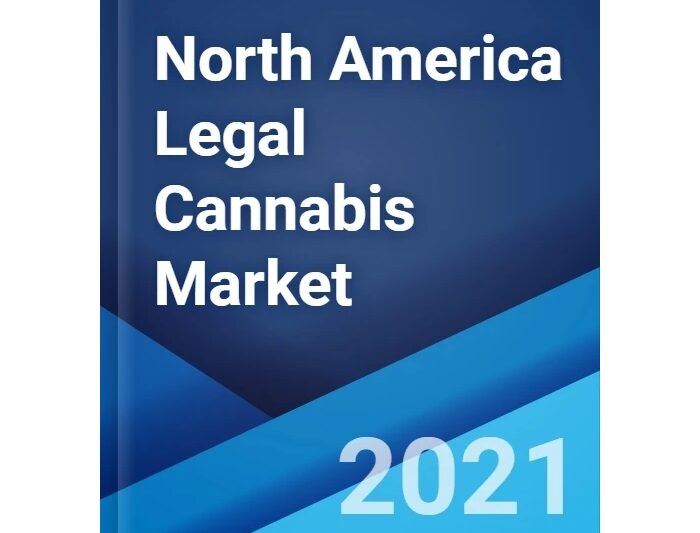
Titled, North America Legal Cannabis Market: Industry Trends, Share, Size, Growth, Opportunity and Forecast 2021-2026, this report is published by IMARC Group.
According to the report, the North America legal cannabis market reached a value of US$ 16 Billion in 2020. Looking forward, IMARC Group expects the market to grow at a CAGR of 26.2% during 2021-2026.
In this report, IMARC Group provides an analysis of the key trends in each sub-segment of the North America legal cannabis market report, along with forecasts at the global and regional level from 2021-2026.
For more information visit:
https://www.imarcgroup.com/north-america-legal-cannabis-market
For information on how AirMed helps legal cannabis producers and processors, visit: https://airmedcloud.com/compliance/
Cannabis in Canada: Get the Facts
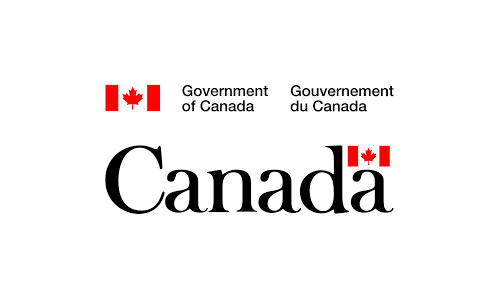
Do you have questions about cannabis in Canada? Would you like to understand the laws that govern the Canadian cannabis industry? Are you considering applying for a license to cultivate, process or sell cannabis?
The federal government has a webpage that outlines what industry needs to know about cannabis in Canada. This information covers the basics related to doing business in the cannabis industry including:
Impact of the new law and regulations on industry
- Applying for or amending a federal licence
- Packaging and labelling requirements
- Cannabis Tracking and Licensing System requirements
- Compliance and enforcement under the Cannabis Act
- Prohibitions on promotions
- and more
The page provides links to relevant sections of the federal government website where you can find more information on each topic.
https://www.canada.ca/en/services/health/campaigns/cannabis/industry.html
For more information on how AirMed helps you meet compliance, visit our Compliance page or our Frequently Asked Questions page. If you’d like to discuss your specific needs, please give us a call at 1-877-313-2442 or use one of the contact forms to start the ball rolling.
Market Researcher Says Canadian Cannabis Industry Exceeded $2.6 billion in 2020

According to BDSA, a market research firm specializing in the cannabis industry, global cannabis sales exceeded $21 billion in 2020. Based in Boulder, Colorado in the United States, BDSA made this announcement on March 5, 2021 in a blog post highlighting statistics from a market forecast.
The post noted, “Legal cannabis sales in Canada totaled an estimated $2.6 billion in 2020 and are forecast to grow to nearly $6.4 billion in 2026, a CAGR of 16%… During the year, BDSA Retail Sales Tracking data in Alberta and British Columbia showed rapid growth in shares of new Cannabis 2.0 product categories.”
The market research company also made predictions for the market into 2026. “Global cannabis sales reached nearly $21.3 billion in 2020, an increase of 48% over 2019 sales of $14.4 billion. BDSA forecasts global cannabis sales will grow from $21.3 billion in 2020 to $55.9 billion in 2026, a compound annual growth rate (CAGR) of more than 17%. This growth is expected to be steady, roughly $6 billion annually.”
For more information visit:
https://blog.bdsa.com/cannabis-sales-in-2020
New BC Cannabis Sales Programs Announced for 2022

September 30, 2020, Victoria, BC: The British Columbia provincial government announced new sales programs to benefit cannabis producers and Indigenous businesses.
A media release yesterday announced that cannabis producers in B.C. will have greater access to local retailers and consumers, thanks to new direct delivery and farm-gate sales programs that are in development by the Provincial government.
These changes come as a result of input and recommendations from long-time cannabis growers, Indigenous leaders and other stakeholders. The government is giving Health Canada-licensed small-scale producers, including nurseries, the option of delivering cannabis directly to licensed retailers.
“We’ve heard clearly how important these kinds of sales are for smaller cannabis producers trying to get a foothold in a market currently dominated by larger players,” said Mike Farnworth, Minister of Public Safety and Solicitor General. “Now more than ever, our government is committed to supporting B.C. businesses and encouraging people to buy local, and that includes creating conditions for cannabis businesses of all sizes to succeed.”
The Province has also promised to develop a farm-gate sales program that will give cannabis growers in B.C. the option to sell their products from storefronts located at their production facilities.
The targeted launch for these new programs is 2022.
The BC Ministry of Attorney General’s Liquor Distribution Branch will also launch an Indigenous Shelf Space Program. This program, expected to start sometime in 2021, is designed to help consumers easily identify products from local Indigenous producers in BC Cannabis Stores.
“These steps will help grow the legal cannabis industry in B.C. in an inclusive way,” said David Eby, Attorney General. “By making it easier to know more about the product, those who choose to use cannabis can make careful decisions about what types of product they want to buy and what sectors of the industry they want to support.”

(Image / BC Liquor Distribution Branch)
The ‘highlighted’ products should be available at private B.C. cannabis retail locations, as well as through the government-run BC Cannabis Stores online site.
For more information contact:
Ministry of Public Safety and Solicitor General
Media Relations
250 213-3602
New sales programs to benefit cannabis producers, Indigenous businesses | BC Gov News
Cannabis Helps Canadian Agriculture Industry in 2020

According to the newspaper Moosejaw Today, Statistic Canada reported farm cash receipts of $16.7 billion increased 5.2 per cent in 2020 over 2019.
The newspaper article, published September 13, 2020, stated, “Without a 62 per cent increase — $685 million — in cannabis sales, farm cash receipts would have increased a mere .8 per cent… Led by surging cannabis sales, farm cash receipts in the first half of the year bucked the general decline caused by the coronavirus.”
To read the original article, visit: https://www.moosejawtoday.com/local-news/cannabis-steers-healthy-increase-in-agriculture-income-2706446
Legalization of Cannabis in Canada

As of October 17, 2018, cannabis is legal in Canada for both recreational and medical use. If you want to know exactly what that means for you, there are plenty of articles available online to help you. Following are a few from Canada and around the world:
CBC News: Cannabis is legal in Canada — here’s what you need to know
CNN: Canada just legalized recreational pot. Here’s what you need to know
Pot 101: Everything you need to know about marijuana legalization
New York Times: Canada is Legalizing Marijuana. Here Are Some Questions, Answered.
Prohibition 2.0 Begins October 17, 2018
ACMPR and the licensed cannabis producer
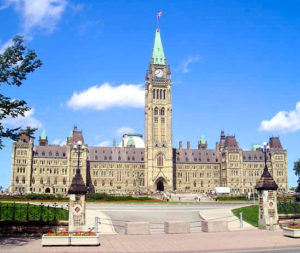
What does ACMPR cover?
For the cannabis industry in Canada, the most critical compliance implications are those covered by the Access to Cannabis for Medical Purposes Regulations. This legislation covers every aspect of marijuana production and sale. Overseen by Health Canada, these regulations must be adhered to at every stage of cannabis business from propagation through to sale. As of August 24, 2016, the Access to Cannabis for Medical Purposes Regulations (ACMPR) replaced the previous Marihuana for Medical Purposes Regulations (MMPR).
ACMPR is designed to provide an immediate solution for Canada to meet legal requirements. But Health Canada is continuously evaluating how a system of medical access to cannabis should function alongside the government’s commitment to legalize, strictly regulate and restrict access to cannabis. As a result, laws and regulations may change.
Currently, the legislation contains four parts.
Part 1 sets out a framework for commercial production by licensed producers responsible for the production and distribution of quality-controlled fresh or dried marijuana or cannabis oil or starting materials (i.e., seeds and plants) in secure and sanitary conditions.
Part 2 sets out provisions for individuals to produce a limited amount of cannabis for their own medical purposes or to designate someone to produce it for them.
Parts 3 and 4 include transitional provisions, consequential amendments to other regulations, and provisions repealing the MMPR.
All those wishing to produce cannabis in Canada must apply to Health Canada to become a licensed producer under the ACMPR legislation, and all licensed producers MUST comply with the ACMPR regulations.
What are the specific ACMPR regulations that affect software and record keeping?
The ACMPR has many regulations that apply to the medical marijuana industry in Canada as a whole. Not all of those have implications for record keeping or to the method (software) used for that record keeping. (For links to the different websites that cover ACMP download our Seed-to-Sale Software Buyer’s Guide.)
How do I meet ACMPR compliance?
To be ACMPR compliant, your organization must have ways of meeting all of the regulations listed above.
Many of the regulations listed above apply to processes, so you’ll need to be utilizing best practices and documented standard operating procedures. You’ll also need to be able to prove to Health Canada that you have used best practices. That’s where seed-to-sale software comes in. Your cannabis business management software should provide you with the means to meet compliance when it comes to record keeping and reporting.
To support you in this process, a viable software vendor will supply you with a document that outlines exactly how the system they provide meets those requirements.
For a free demo to learn how AirMed meets these and other regulations, please email info @ airmed.ca.
Medical Marihuana in Canada: Where We Are Today
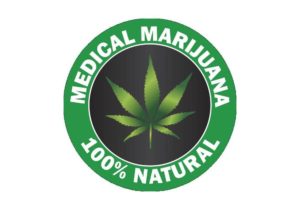
The legal use of marihuana for medical purposes in Canada has a long and complex history. Cannabis has been on the Schedule of the Opium and Narcotic Control Act since 1923. While proponents lobbied and commissions reviewed many times over several decades around the world, nothing significant happened with the legalization of cannabis until 1976 when the Netherlands effectively decriminalized the plant’s use. This set off a wave of activity that included one U.S. state recognizing the medical value of marihuana 1978. But the debate continued and most countries were reluctant to jump on the legalization bandwagon.
There was, however, no denying the health benefits, which were being documented in medical studies around the world and included:
- Decreasing anxiety
- Lessening of pain for sufferers of chronic conditions
- Reducing muscle spasms of multiple scleroses and similar diseases
- Treating glaucoma
- Controlling the symptoms of seizure disorders such as Epilepsy and Dravet's Syndrome
- Slowing the progress of Alzheimers
But Canada, along with many other countries, deferred to traditional thinking and waited for someone else to go first. That first came in 1996 when California became the first U.S. state to legalize marihuana for medical use.
With the precedent set, two Canadians acquired federal approval to smoke pot for health reasons — and the flood gates opened. By 2000 the court ruled that Canadians had a constitutional right to use cannabis as a medicine. The following year, the Canadian Medical Marihuana Access Regulations granted legal access to cannabis for those with a range of illnesses including HIV/AIDS. This effectively authorized qualified patients to grow their own pot or obtain it from authorized producers or from Health Canada. But marihuana is still a controlled substance in Canada and recreational use is still illegal. So the legalization for medical use created issues in relation to monitoring the qualification process and policing the growing/supplying process.
Confusion about what or who was legal and who or what was not made enforcement difficult for both the medical community and law enforcement. Many agencies felt that the controls that were in place were insufficient to prevent abuse of the system. But patients, doctors and growers officially had been told they had constitutional rights in this area.
The problem was that cannabis is unique — it’s not a pharmaceutical but can’t be considered an herbal supplement either because of its ‘controlled substance’ status. The issue was how the system could satisfy all the stakeholders, and there were several.
First, there were those who had a medical need for marihuana. Second, were the doctors who wanted to prescribe cannabis as a potential treatment for many diseases and conditions. Third were the growers who wished to supply the product in a legal way. And finally were the various agencies and police who were required to enforce the whole process.
In an attempt to satisfy everyone, the Federal government went back to the policy drawing board. And in 2013, new regulations were issued that changed the way Canadians could access and produce marihuana for medical purposes. Under the new rules, growing has been transferred to licensed producers who are required to meet strict compliance designed to prevent abuse of the system. Those rules include stringent monitoring of production and distribution. This not only affects the growers, but the patients as well since the producers must prove that their products are going only to those who have legitimate prescriptions. The easiest way to do this in today’s technological world is with a Web-based ordering system and product being distributed by mail.
While these changes are causing some confusion and disruption, they are designed to satisfy the needs of all concerned from the Federal government down through law enforcement to growers and the individual patient.
Once patients understand their responsibilities under the new system, they should find accessing the medical marihuana they need as simple as buying a book online.
Once producers develop systems for tracking growth and distribution, they should be able to meet the new regulations easily.
Once law enforcement agencies see the results, they should feel more confident that the system is not being abused.
With the advent of new laws governing recreational cannabis, the industry will change again very soon.





